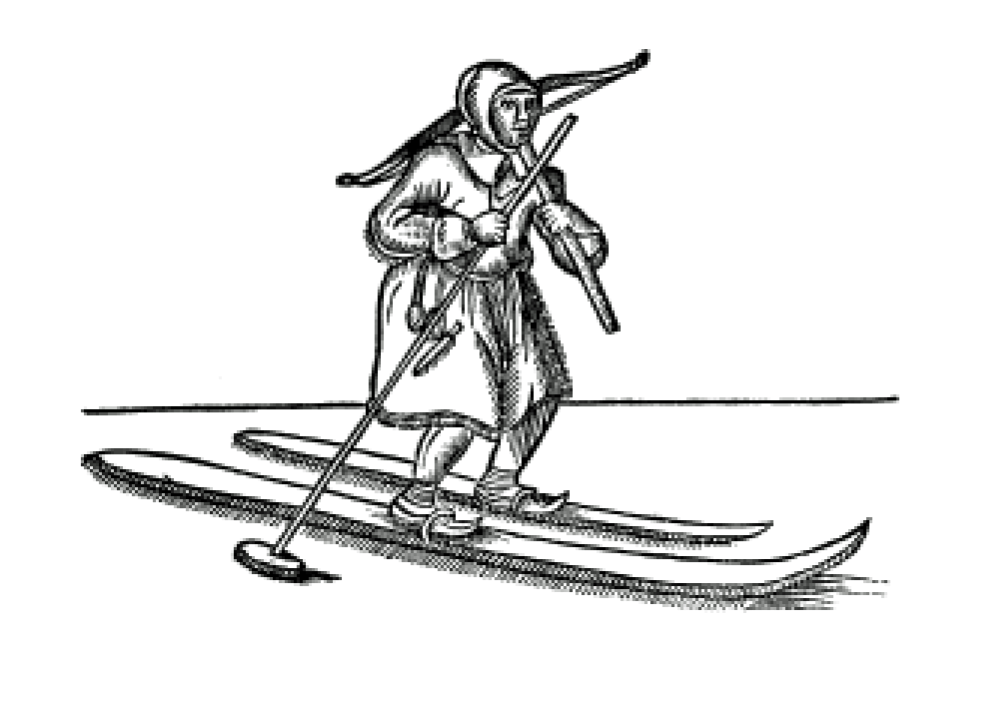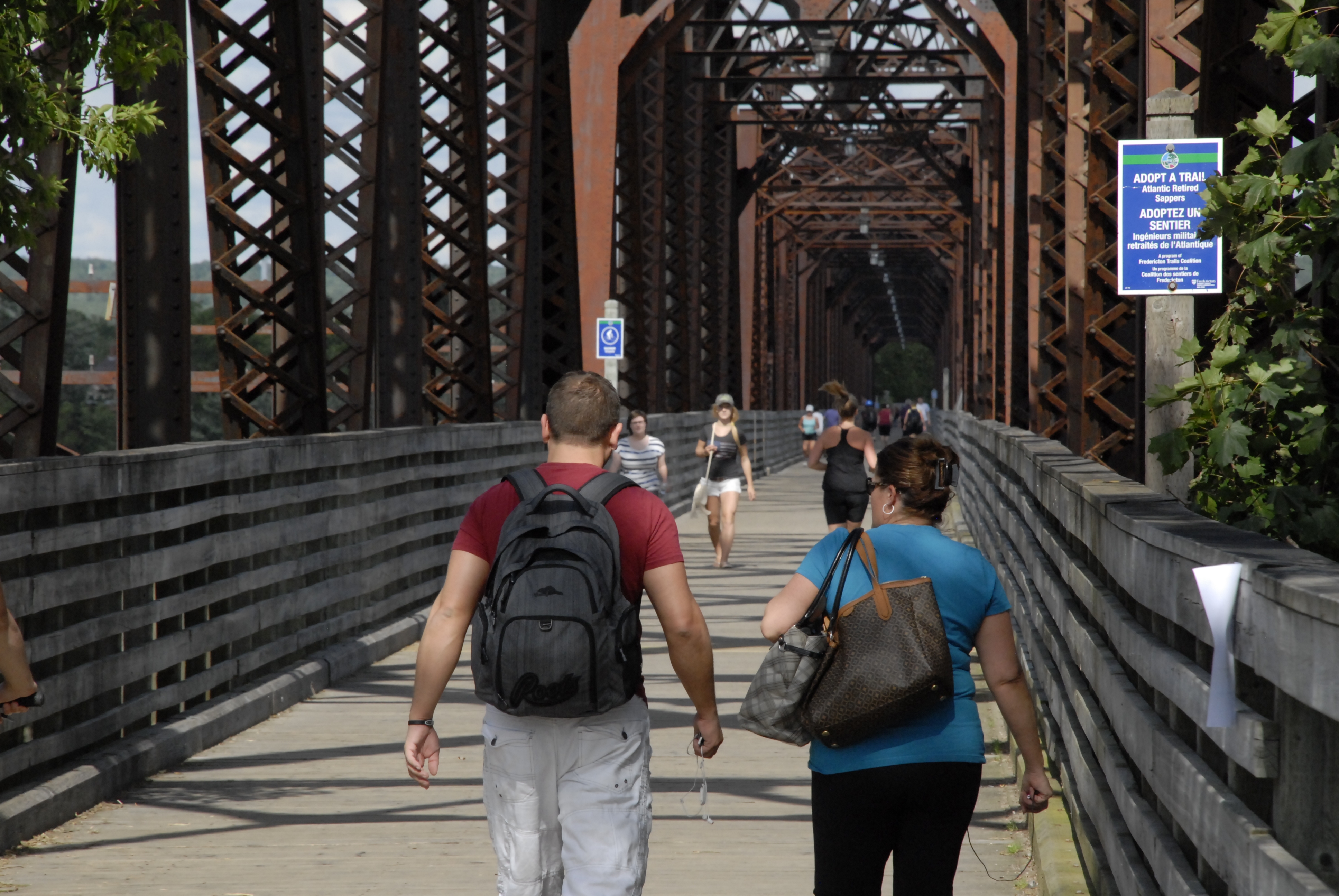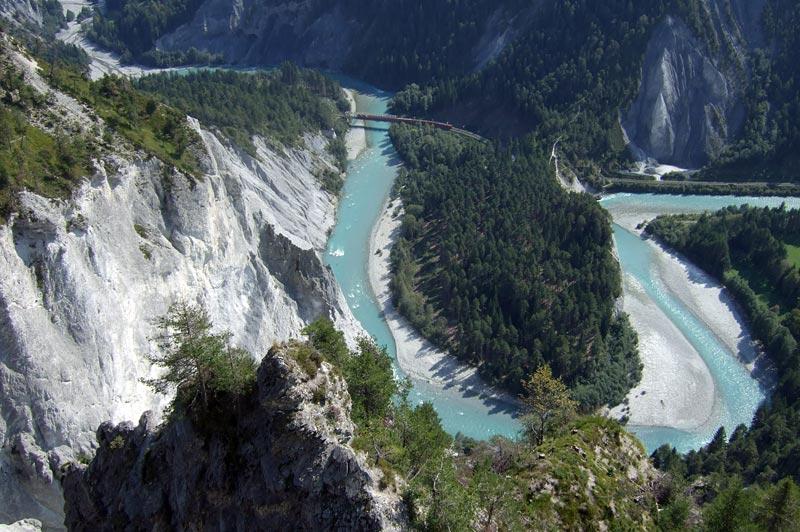|
Rigi-Kaltbad
Rigi Kaltbad is a resort in the Swiss Alps, located in the canton of Canton of Lucerne, Lucerne. The resort sits on a sunny terrace at an elevation of , overlooking Lake Lucerne above Weggis in Central Switzerland. The locality is part of the municipality of Weggis. Rigi Kaltbad is located on the flanks of the Rigi and is connected to Vitznau by the Rigi Railways. It is also connected to Weggis by a cable car. Rigi Kaltbad was also the terminus of the Rigi–Scheidegg railway, a contour-following panoramic rail line that connected it to the Scheidegg (Rigi), Scheidegg summit between 1875 and 1931. Today the line's trackbed, which is in length and includes a tunnel and several bridges, is a rail trail that serves in summer as a panoramic footpath, and in winter for cross country skiing. References External links Villages in Switzerland Ski areas and resorts in Switzerland Geography of the canton of Lucerne Car-free villages in Switzerland {{Lucerne-geo-stub ... [...More Info...] [...Related Items...] OR: [Wikipedia] [Google] [Baidu] |
Scheidegg (Rigi)
The Scheidegg () is a mountain summit of the Rigi massif, overlooking Goldau in the canton of Canton of Schwyz, Schwyz on its north mountainside, and Gersau and the Lake of Lucerne, Gersauerbecken on its south side. The cable car station 160 metres east of it is called Rigi Scheidegg. The summit is connected by two cable cars, one, the Luftseilbahn Kräbel–Rigi Scheidegg (LKRS), on the north side connecting to the ''Kräbel'' station on the Rigi Railways, Arth-Rigi Bahn (ARB), and another one, the Luftseilbahn Obergschwend–Rigi Burggeist (LORB), on the south side leading down to ''Obergschwend'' in the municipality of Gersau. Alternatively it is possible to walk from Scheidegg to Rigi Kaltbad or Rigi Klösterli by a panoramic footpath on the eastern and western mountainside of the Rigi massif. Much of the path uses the trackbed of the former Rigi–Scheidegg railway that once linked Kaltbad and Scheidegg. The summit of Scheidegg was once the site of a large hotel, built in 1 ... [...More Info...] [...Related Items...] OR: [Wikipedia] [Google] [Baidu] |
Weggis
Weggis is a municipality in the district of Lucerne in the canton of Lucerne in Switzerland. It forms part of the northern shore of Lake Lucerne. The official language is German. History In about 800 the monastery of Pfäfers acquired the court of Wattawis. The municipality had been settled even earlier, however, because the name Weggis comes from the Celtic and meant Place of the Ferrymen. The freedom-loving inhabitants were subordinates of rule of the Habsburgs at some times. For both the monks and the Habsburgs the Lords of Hertenstein exercised regency. By 1332 Weggis and Gersau were free republics and allies of the neighboring Old Swiss Confederacy. This was confirmed in a treaty between them in 1359. Thereafter, the Lords of Hertenstein sold their rights to Lucerne in 1380. They administered Weggis until 1798 as part of the Landvogtei of Weggis. The citizens of Weggis resisted the Lords of Lucerne through multiple rebellions before 1588. In the peasant war of 1653 they sid ... [...More Info...] [...Related Items...] OR: [Wikipedia] [Google] [Baidu] |
Rigi
The Rigi (or ''Mount Rigi''; also known as ''Queen of the Mountains'') is a mountain massif of the Alps, located in Central Switzerland. The whole massif is almost entirely surrounded by the water of three different bodies of water: Lake Lucerne, Lake Zug and Lake Lauerz. The range is in the Schwyzer Alps, and is split between the cantons of Schwyz and Lucerne, although the main summit, named ''Rigi Kulm'', at 1,797 meters above sea level, lies within the canton of Schwyz. The Rigi Kulm Hotel, established in 1816, is located on the summit. The Rigi Kulm and other areas, such as the resort of Rigi Kaltbad, are served by Europe's oldest mountain railways, the Rigi Railways. The whole area offers many activities such as skiing or sledging in the winter, and hiking in the summer. Peaks Etymology The name ''Rigi'' is from Swiss Old High German ''*rigî'' "horizontal stratification, strip, band", from OHG ''rîhan'' "gird; pleat, string", cf. OHG ''rîga'' " row, st ... [...More Info...] [...Related Items...] OR: [Wikipedia] [Google] [Baidu] |
Rigi–Scheidegg Railway
The Rigi–Scheidegg railway (; RSB) is a former railway line built high on the Rigi massif on the cantonal border between Lucerne and Schwyz in Switzerland. Today the line's trackbed, which is in length, and includes a tunnel and several bridges, is a rail trail, which serves as a panoramic footpath in summer, and as a route for cross-country skiing in winter . Even before the Vitznau–Rigi rack railway was opened in 1871, the Rigi Massif was a major tourist attraction, with a number of grand hotels occupying various locations on the massif. One of these was at the summit of the Scheidegg peak, which was not served by either the Vitznau–Rigi line or the Arth–Rigi rack railway that followed it. In order to provide easier access for its guests, the Rigi–Scheidegg railway was built to provide a link to Rigi Kaltbad on the Vitznau–Rigi line. The line opened in two stages, with the stage from Kaltbad to First opening on the 14 July 1874, and the section from First to Sc ... [...More Info...] [...Related Items...] OR: [Wikipedia] [Google] [Baidu] |
Ski Areas And Resorts In Switzerland
Skis are runners, attached to the user's feet, designed to glide over snow. Typically employed in pairs, skis are attached to ski boots with ski bindings, with either a free, lockable, or partially secured heel. For climbing slopes, ski skins can be affixed to the base of each ski to prevent them from sliding backwards. Originally used as a means of travel over snow, skis have become specialized for recreational and competitive alpine and cross-country skiing. Etymology and usage The word ''ski'' comes from the Old Norse word which means "cleft wood," "stick of wood," or "ski". In Old Norse common phrases describing skiing were ''fara á skíðum'' (to travel, move fast on skis), ''renna'' (to move swiftly) and ''skríða á skíðum'' (to stride on skis). In Norwegian this word is usually pronounced . In Swedish, another language evolved from Old Norse, the word is (plural, ; singular: ). The modern Norwegian word ''ski'' and the Swedish word ''skid'' have largely retaine ... [...More Info...] [...Related Items...] OR: [Wikipedia] [Google] [Baidu] |
Villages In Switzerland
A village is a human settlement or Residential community, community, larger than a hamlet (place), hamlet but smaller than a town with a population typically ranging from a few hundred to a few thousand. Although villages are often located in rural areas, the term urban village is also applied to certain urban neighborhoods. Villages are normally permanent, with fixed dwellings; however, transient villages can occur. Further, the dwellings of a village are fairly close to one another, not scattered broadly over the landscape, as a dispersed settlement. In the past, villages were a usual form of community for societies that practice subsistence agriculture and also for some non-agricultural societies. In Great Britain, a hamlet earned the right to be called a village when it built a Church (building), church. [...More Info...] [...Related Items...] OR: [Wikipedia] [Google] [Baidu] |
Cross Country Skiing
Cross-country skiing is a form of skiing whereby skiers traverse snow-covered terrain without use of ski lifts or other assistance. Cross-country skiing is widely practiced as a sport and recreational activity; however, some still use it as a means of travel. Variants of cross-country skiing are adapted to a range of terrain which spans unimproved, sometimes mountainous terrain to groomed courses that are specifically designed for the sport. Modern cross-country skiing is similar to the original form of skiing, from which all skiing disciplines evolved, including alpine skiing, ski jumping and Telemark skiing. Skiers propel themselves either by striding forward (classic style) or side-to-side in a skating motion (skate skiing), aided by arms pushing on ski poles against the snow. It is practised in regions with snow-covered landscapes, including Europe, Canada, Russia, the United States, Australia and New Zealand. Competitive cross-country skiing is one of the Nordic skiing sp ... [...More Info...] [...Related Items...] OR: [Wikipedia] [Google] [Baidu] |
Rail Trail
A rail trail or railway walk is a shared-use path on a Right of way#Rail right of way, railway right of way. Rail trails are typically constructed after a railway has been abandoned and the track has been removed but may also share the rail corridor with active railways, light rail, or tram, streetcars (rails with trails), or with disused track. As shared-use paths, rail trails are primarily for non-motorized traffic including pedestrians, bicycles, horseback riders, skaters, and cross-country skiers, although snowmobiles and all-terrain vehicle, ATVs may be allowed. The characteristics of abandoned railways—gentle grades, well-engineered rights of way and structures (bridges and tunnels), and passage through historical areas—lend themselves to rail trails and account for their popularity. Many rail trails are long-distance trails, while some shorter rail trails are known as Greenway (landscape), greenways or linear parks. Rail trails around the world Americas Bermuda The B ... [...More Info...] [...Related Items...] OR: [Wikipedia] [Google] [Baidu] |
Vitznau
Vitznau is a Municipalities of Switzerland, municipality in the district of Lucerne (district), Lucerne in the Cantons of Switzerland, canton of Lucerne (canton), Lucerne in Switzerland. History Vitznau was first mentioned in 998. In the 19th century, it became a popular destination for tourism, especially from England; the imposing Park Hotel Vitznau west of the town dates from the 1900s. Geography The village occupies a narrow strip between the lake and the Rigi looming behind; one of the mountain railways to the summit starts in Vitznau. Vitznau has an area of . Of this area, 32.2% is used for agricultural purposes, while 56.3% is forested. Of the rest of the land, 7.5% is settled (buildings or roads) and the remainder (4%) is non-productive (rivers, glaciers or mountains). , 56.28% of the total land area was forested. Of the agricultural land, 30.38% is used for farming or pastures, while 1.79% is used for orchards or vine crops. Of the settled areas, 4.71% is covered ... [...More Info...] [...Related Items...] OR: [Wikipedia] [Google] [Baidu] |
Rigi Railways
Rigi Railways () is a railway company that operates a group of railways on the mountain Rigi, located between two of the arms of Lake Lucerne, in Switzerland. They include two standard gauge rack railways, the Vitznau–Rigi Bahn (VRB) and the Arth–Rigi Bahn (ARB), along with the Luftseilbahn Weggis–Rigi Kaltbad (LWRK) Aerial tramway, cable car. Reaching a height of above sea level, the Rigi Railways are the List of highest railways in Europe, highest standard gauge railway in Europe. They are also the highest railway in both cantons of Canton of Lucerne, Lucerne and Canton of Schwyz, Schwyz. The Vitznau–Rigi Bahn is also notable as the first mountain rack railway in Europe, and even the second in the world, after the Mount Washington Cog Railway in the United States. History Building of the Vitznau–Rigi railway Aware of the scenic location of Mount Rigi, Swiss engineer Niklaus Riggenbach masterminded the construction of a railway from Vitznau, Switzerland, Vitzna ... [...More Info...] [...Related Items...] OR: [Wikipedia] [Google] [Baidu] |
Swiss Alps
The Alps, Alpine region of Switzerland, conventionally referred to as the Swiss Alps, represents a major natural feature of the country and is, along with the Swiss Plateau and the Swiss portion of the Jura Mountains, one of its three main Physical geography, physiographic regions. The Swiss Alps extend over both the Western Alps and the Eastern Alps, encompassing an area sometimes called Central Alps. While the northern ranges from the Bernese Alps to the Appenzell Alps are entirely in Switzerland, the southern ranges from the Mont Blanc massif to the Bernina Range, Bernina massif are shared with other countries such as France, Italy, Austria and Liechtenstein. The Swiss Alps comprise almost all the highest mountains of the Alps, such as Dufourspitze (4,634 m), the Dom (mountain), Dom (4,545 m), the Liskamm (4,527 m), the Weisshorn (4,506 m) and the Matterhorn (4,478 m). The other following major summits can be found in this list of mountains of Switzerland. Since the Middle Age ... [...More Info...] [...Related Items...] OR: [Wikipedia] [Google] [Baidu] |







